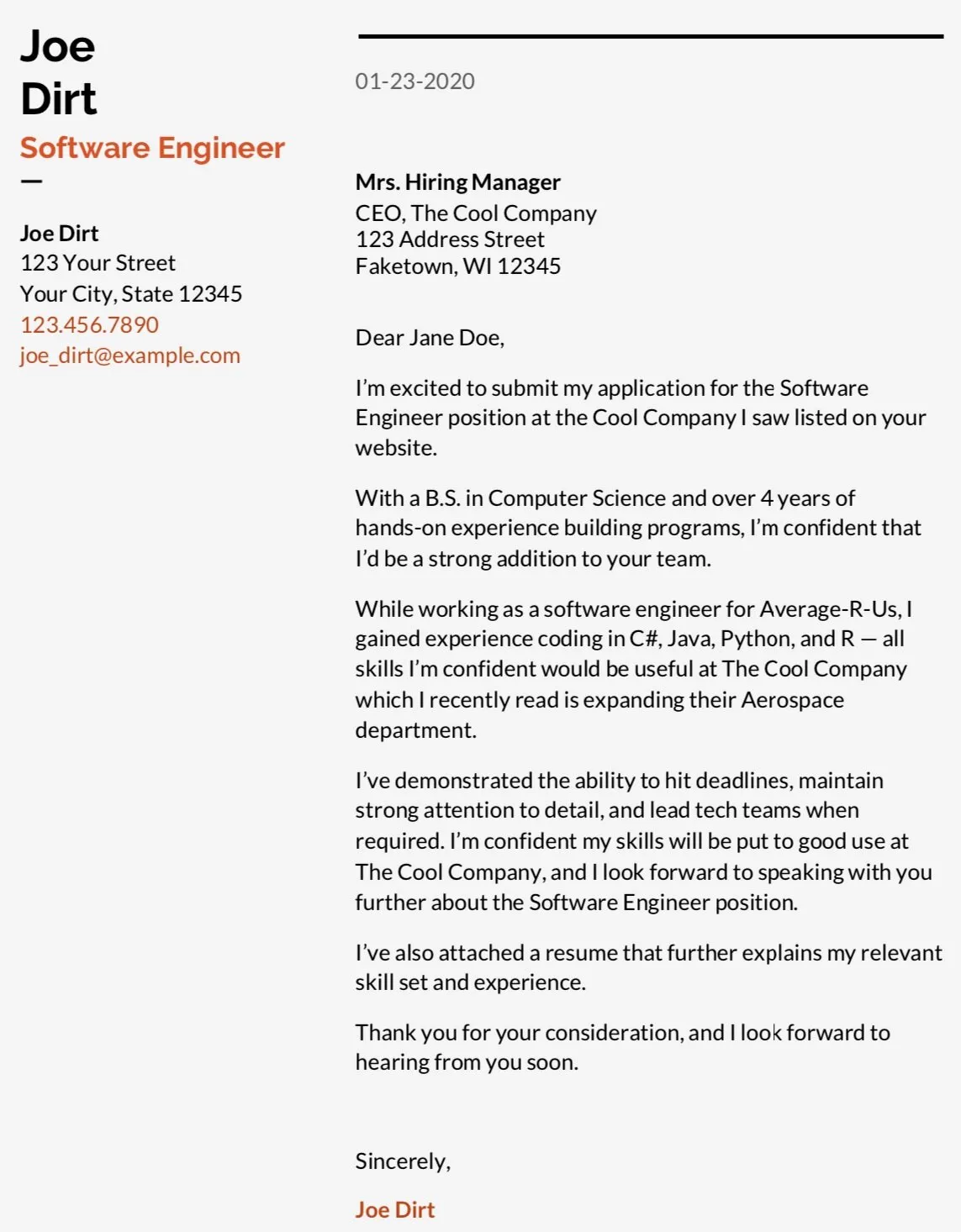Researching the Right Recipient
Finding the correct recipient for your cover letter is crucial for making a strong first impression. Addressing your cover letter to the right person demonstrates that you’ve taken the time to research the company and the specific role you’re applying for. This attention to detail can significantly increase the chances of your application being noticed and taken seriously. A well-addressed cover letter shows that you are proactive and understand the importance of tailoring your application to the specific hiring manager or relevant contact. It also helps you avoid generic greetings and instead allows you to personalize your message, showing genuine interest in the opportunity and the company. This initial research step is a key component of any successful job application strategy.
Using the Job Posting as a Guide
The job posting is often the best starting point for identifying the appropriate recipient. Carefully review the posting for any mention of a hiring manager, recruiter, or contact person. Many job postings will explicitly state who to address the cover letter to, or provide a name and title. If a specific person is named, make sure to use that information. Pay close attention to the details provided, including the person’s full name, title, and any relevant contact information. Even if only a department or general contact is listed, this can still guide your research. Make note of the department or team mentioned, as this can help narrow down who to address your cover letter to. Using the job posting effectively will save you valuable time and improve the accuracy of your cover letter address.
What if No Contact Person is Listed?

When the job posting does not list a specific contact person, you’ll need to dig deeper. This situation is common, but don’t let it discourage you. The absence of a named contact requires additional research, but it also provides an opportunity to demonstrate your initiative. If no name is given, start by looking for the name of the hiring manager or the person who will be reviewing the applications. Often, you can find this information on the company’s website, LinkedIn, or other online sources. Even if you cannot find a specific person, you can still address the cover letter to the hiring team, or the team in charge of the role. The goal is to avoid generic greetings and show that you are doing your research. This extra effort can set you apart from other applicants who may have simply used a generic salutation. You can often use the title of the role you are applying for as a clue.
Checking the Company Website
The company website is a valuable resource for finding the right recipient. Navigate to the ‘About Us,’ ‘Contact Us,’ or ‘Team’ pages to look for names and titles. Some companies will have a dedicated section for their leadership team or specific departments. If you find a department related to the role you are applying for, you can potentially identify the manager or team lead. Check for the company’s career section or job postings on their website, as they may list a contact person. Some websites also offer a directory or an ‘Our People’ section, which could provide the information you need. Make sure you’re on the official website as fake websites do exist. Also, double-check the information to ensure that you address the cover letter to the correct person.
Leveraging LinkedIn for Insights
LinkedIn is a powerful tool for finding the right recipient. Search for the company and then filter the results by people. Look for individuals with titles related to the job you are applying for, such as ‘Hiring Manager,’ ‘Recruiter,’ or ‘Team Lead.’ Review their profiles to determine if they are the appropriate person. If you identify a potential contact, examine their profile to learn more about their role and responsibilities. Consider sending a personalized connection request, briefly explaining that you are applying for a position and would like to direct your cover letter to them. However, respect their time and avoid being overly intrusive. If you’re unsure, you can always identify the human resources department contact and address your letter accordingly. LinkedIn is especially useful for larger companies where information might not be readily available elsewhere.
Searching Company Directories

Company directories, both online and internal, can sometimes provide the contact information you need. Large companies may have internal directories that list employees and their roles. If you know someone who works at the company, they may be able to help you identify the correct contact. Online directories like ZoomInfo or Crunchbase can also offer insights into a company’s structure and key personnel. However, be cautious about relying solely on these directories, as the information might not always be up-to-date. Always cross-reference the details with other sources to verify accuracy. The goal is to ensure your cover letter reaches the right person and that you are making a strong impression. Sometimes the company’s ‘About Us’ section will direct you to the correct department.
Contacting the Company Directly
If you’ve exhausted all other resources and still can’t find a specific contact, don’t hesitate to contact the company directly. You can usually find a general contact email address or phone number on their website. Send a brief email asking who the hiring manager or the appropriate contact person is for the position you are applying for. Keep your message concise and professional. You can also call the company and politely ask the receptionist or a member of the HR department for the contact information. Be prepared to explain the role you are applying for. This proactive approach shows your initiative and dedication. This is often the best way to get the most accurate contact information.
Formatting Your Cover Letter Address
Formatting your cover letter address correctly is crucial for professionalism. Place the address at the top of your cover letter, before the salutation. Start with the recipient’s full name and title, followed by their department (if applicable). Include the company name and address. Ensure that the address is accurate and up-to-date. Use a formal tone and avoid abbreviations unless they are commonly accepted. The formatting should be consistent and neat, creating a visually appealing document. A well-formatted address demonstrates your attention to detail. The correct address will show that you’ve done your research and are taking the job application process seriously.
Addressing a Cover Letter Effectively

After identifying the recipient, use a professional salutation. ‘Dear Mr./Ms./Mx. [Last Name]’ is always a safe choice. If you know the person’s name, this is the best approach. Avoid overly informal greetings or generic salutations. If you are unsure of the person’s gender, use ‘Dear [First Name] [Last Name]’ or, if appropriate, ‘Dear Hiring Manager.’ Always research the person’s preferred title and use it accordingly. Personalize the rest of your cover letter, mentioning how your skills and experience align with the job’s requirements and the company’s values. A well-addressed and personalized cover letter is more likely to grab the reader’s attention and increase your chances of getting an interview.
When to Use a Generic Salutation
While it’s always best to address your cover letter to a specific person, there are times when a generic salutation is necessary. Use ‘Dear Hiring Manager’ or ‘Dear [Department Name] Team’ if you cannot find the name of a specific contact. Avoid outdated or impersonal greetings such as ‘To Whom It May Concern.’ In your cover letter, still try to personalize the message by mentioning the company’s values, the role’s responsibilities, and how your skills align. Though a specific name is ideal, a well-written cover letter can still make a positive impression, even with a generic salutation. Demonstrate your knowledge of the company and the role you’re applying for.
In conclusion, taking the time to find the right recipient for your cover letter is a crucial step in the job application process. By researching the job posting, company website, LinkedIn, and other resources, you can increase your chances of getting your application noticed. Formatting and addressing your cover letter correctly will help you make a positive first impression and demonstrate your attention to detail. Remember, a well-addressed cover letter is the first step towards landing your dream job.
